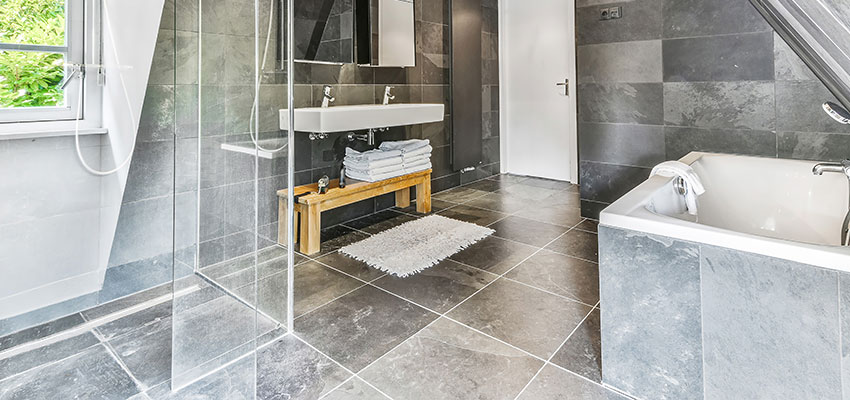Maybe you love long and luxurious showers that will transform the bathroom into a spa retreat, but the humidity and steam affect air quality. it wreaks havoc and this is true unless you have a bathroom fan.
Bathroom fans are either in-wall or in-ceiling that are designed to add ventilation, improve airflow, and reduce excess humidity. These systems are technically designed to remove warm moisture from the bathroom and it exhausts outdoors through the ductwork of your home.
Bathroom remodelers will recommend using a fan to prevent mold and mildew issues, maintain healthier air indoors, and it keeps you safe and comfortable. Here are considerations you can make before choosing a bathroom fan:
Size
Fan sizing is a representation of the most important considerations when you choose a vent fan. If the fan is too small, it will do very little in eliminating moisture, which is one that can be too large, inefficient, and noisy. In order to compare vent fan sizing, you should find out how many cubic feet per minute (CFM) it can move. The larger bathrooms will need a higher CFM rating, and the smaller bathrooms can have proper ventilation with a fan and a lower CFM rating. You should calculate the CFM rating for the vent fan by multiplying the volume by 0.13. In order to find the volume, multiply the length and width of your room’s ceiling, and then multiply it by 0.13 to a suggested CFM for the bath fan.
Installation
The majority of exhaust fans are installed through the ceiling, and the top-quality ones have the right extras for installation. It is recommended that you have a knowledgeable electrician install electrical appliances, especially inside the bathroom.
Choosing the best location to place your exhaust fan is also important. You should vent air outside your home and not inside. Too many people are venting warm air, moist, and similar spaces, which moves the problem to another room. When you choose your bathroom exhaust fan, you have to consider the capacity and location to make sure that you get the most from your fan.
Noise Ratings
A common complaint about bathroom fans can relate to the fans when they operate. Noise levels are produced by an exhaust fan, which you can measure using a sone rating ranging from 1 to 7. The quietest fans have a sone rating of 1, and those with a 7 rating will sound a lot louder. After you have determined the right size for the vent fan, you must compare the sone rating for different models in the size in order to choose the best bathroom unit.
Moisture, Humidity, and Mold
An exhaust fan in the bathroom is the main component to prevent humidity and moisture buildup, and this can damage the paint and it can lead to mold and mildew growth.
It is recommended that every bathroom should have enough ventilation system that changes the air about eight times per hour, and nothing less.
Based on HVI, a simple approximation provides a cubic foot per minute (CFM) in every square foot of the bathroom, or a 50 CFM minimum. Therefore, if the bathroom’s measurement is 10 by 8 feet, there are 80 square feet, and want a fan rated for 80 CFM at least.
If the bathroom is larger than 100 square feet, you must add 50 CFM per toilet, bathtub, and shower. In addition, you should consider adding 100 CFM if you have a whirlpool tub.
You can contact bathroom remodeling contractors Silver Spring if you want the exhaust fan to be properly installed.


